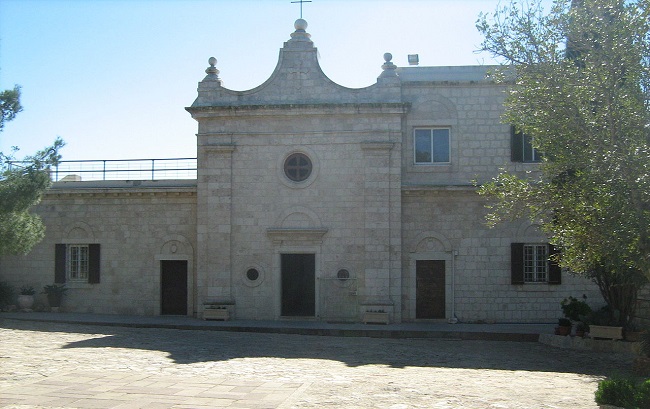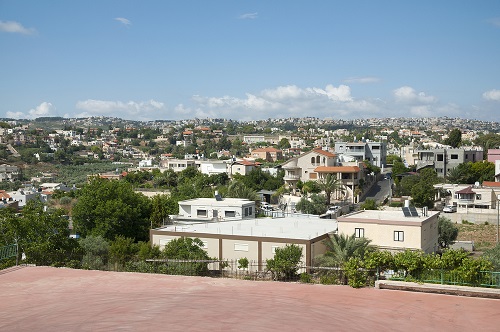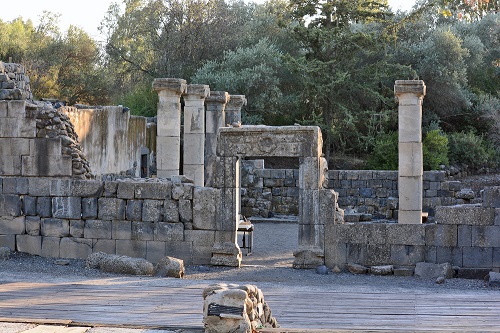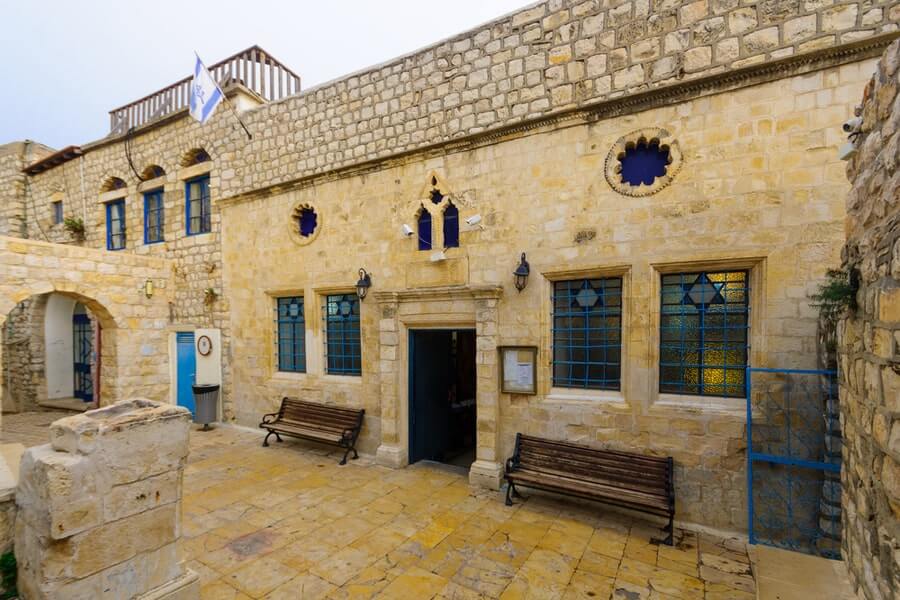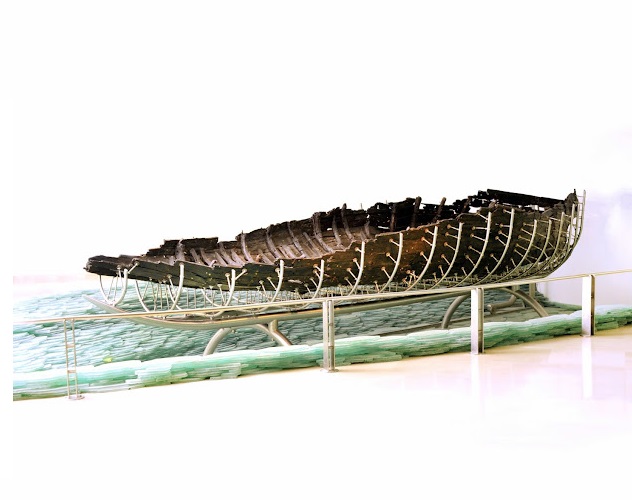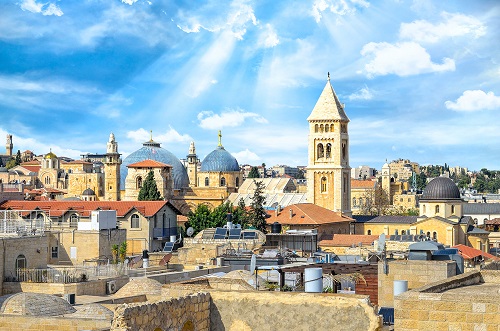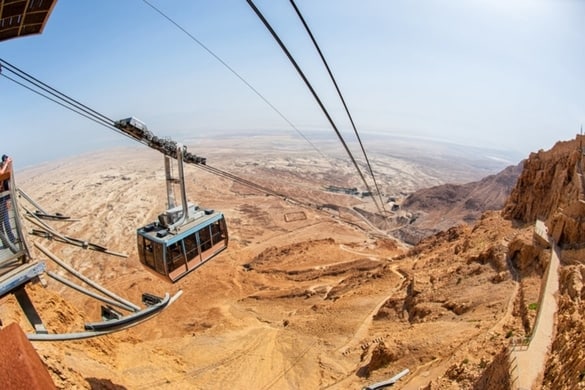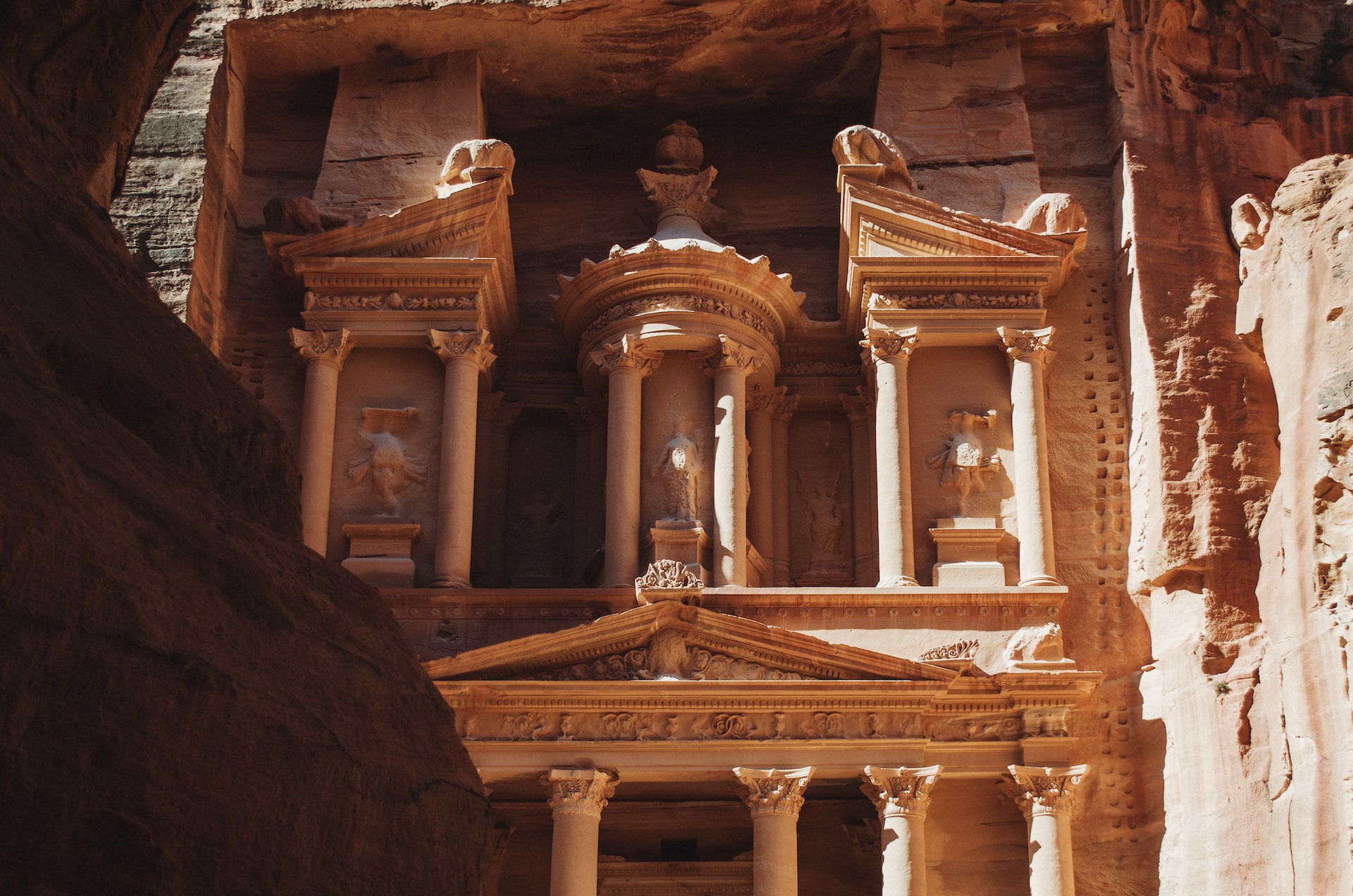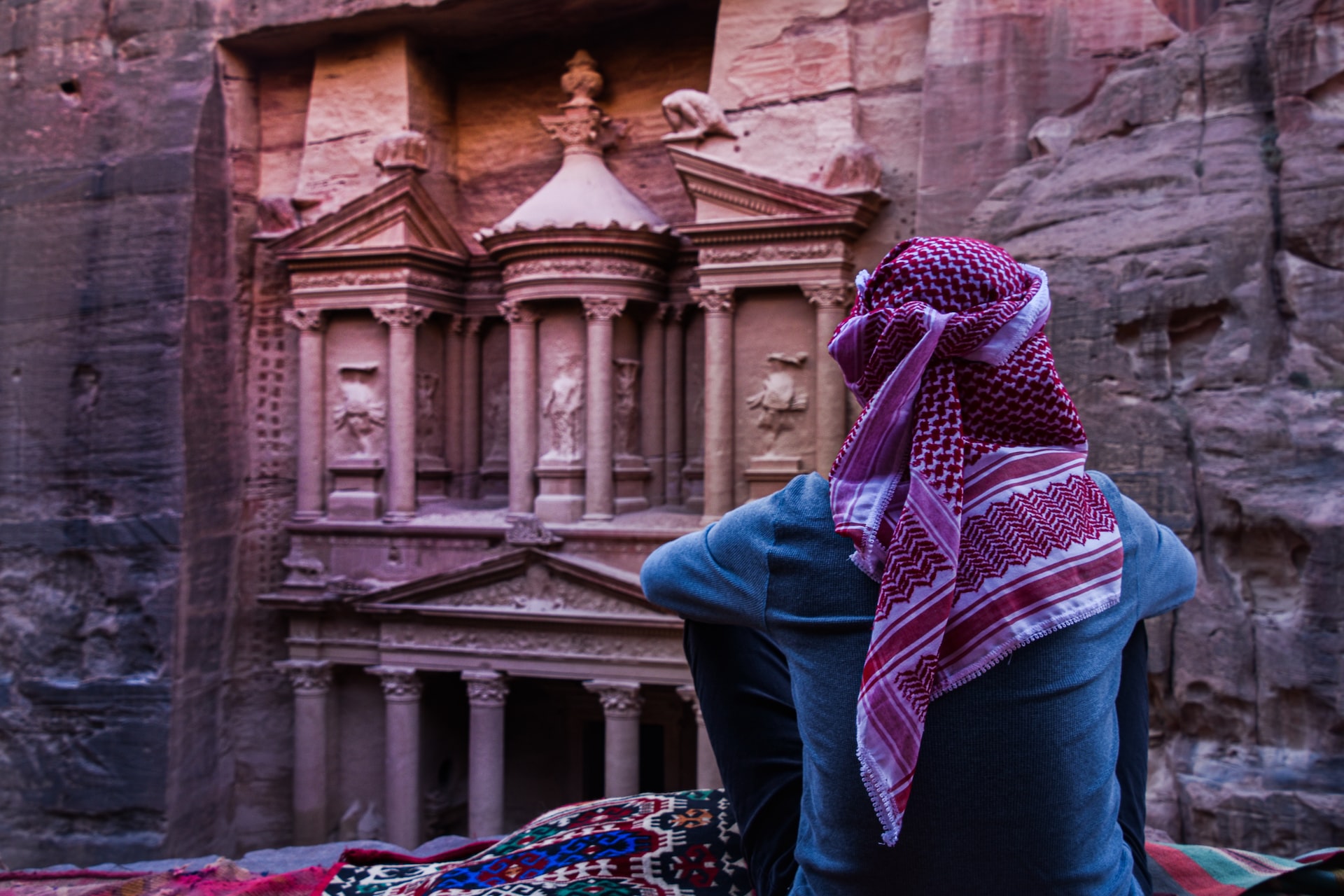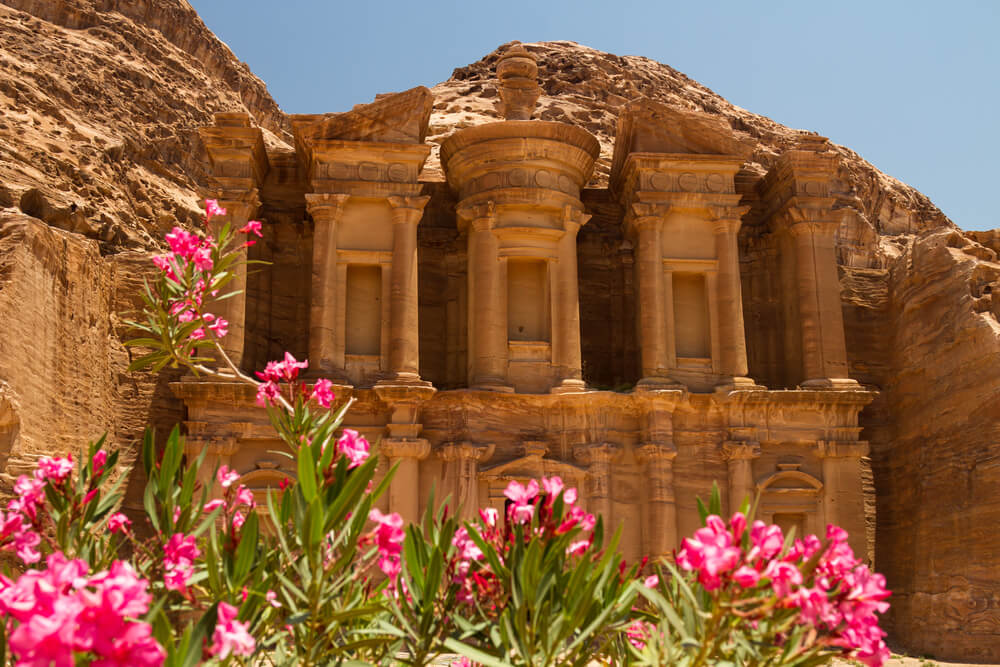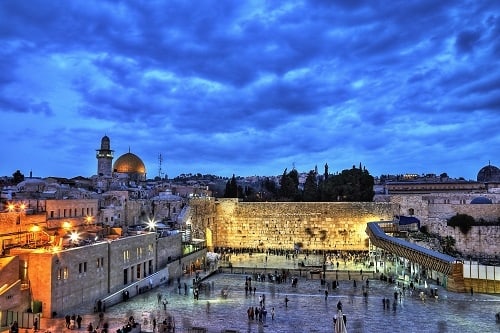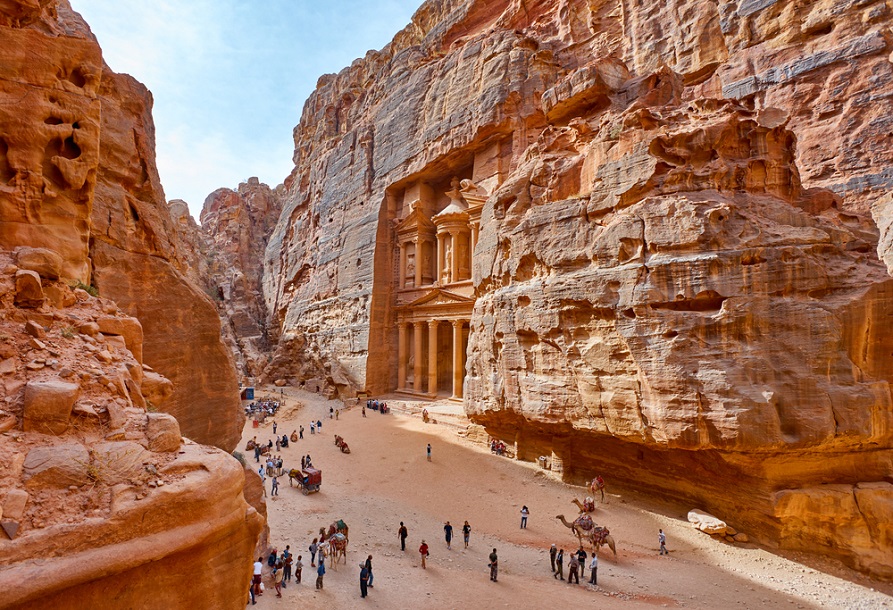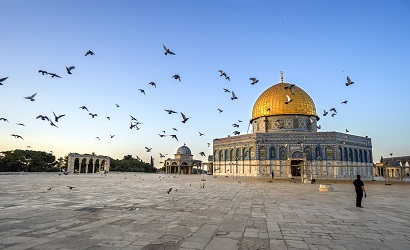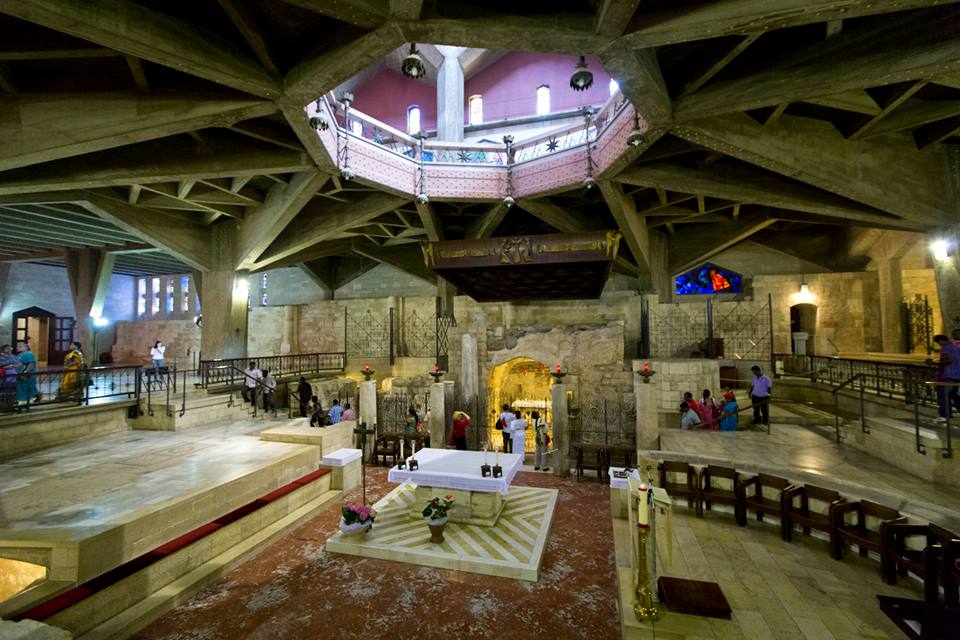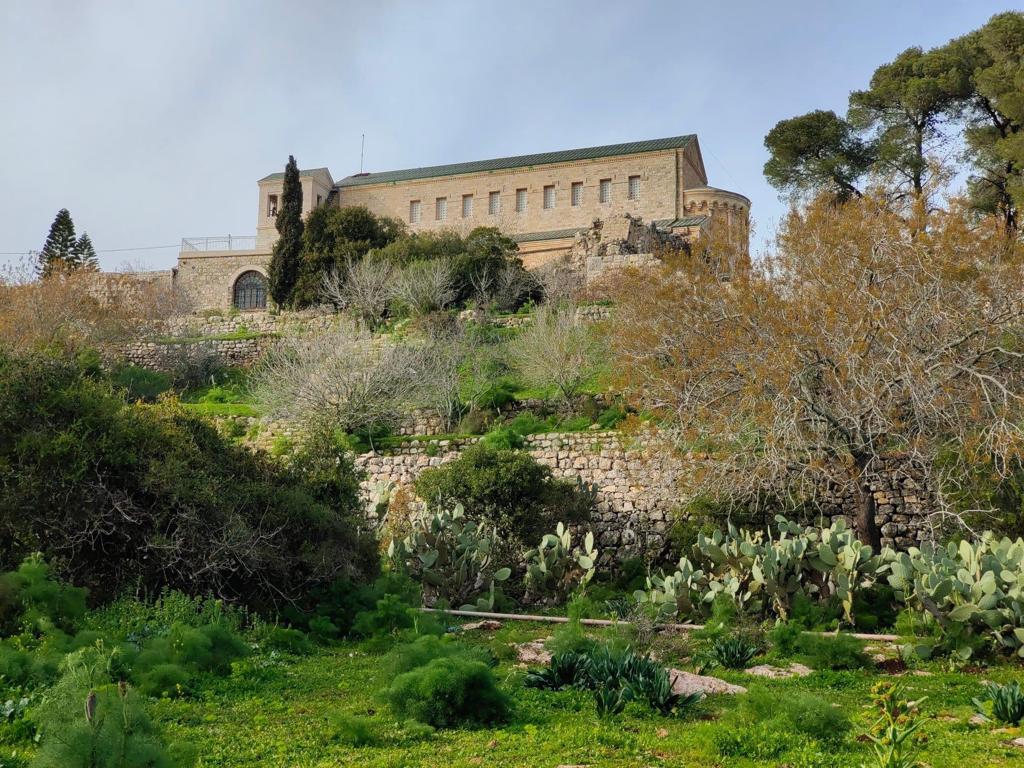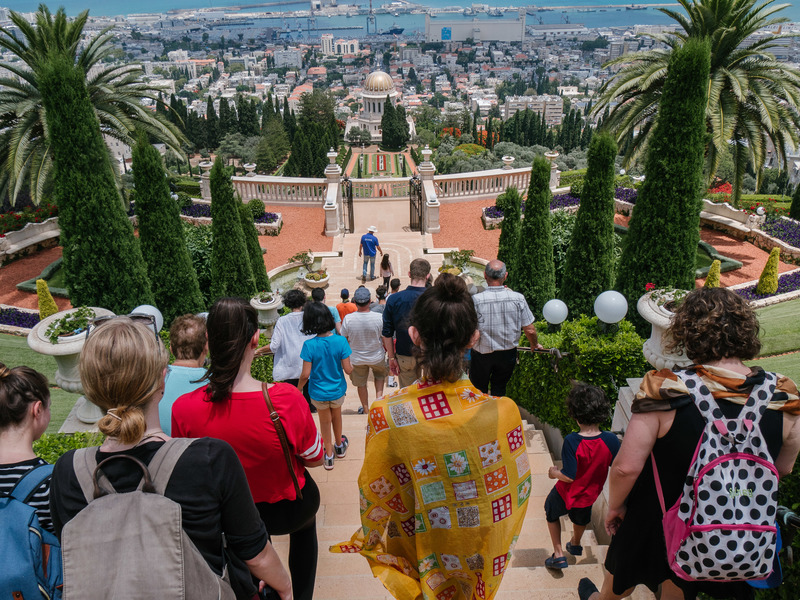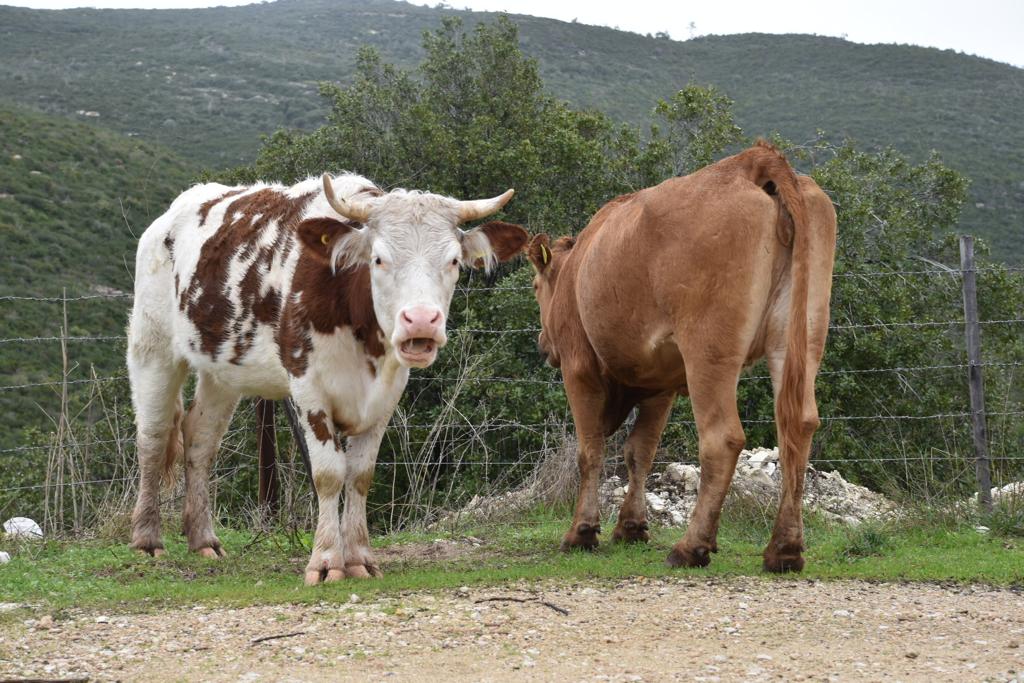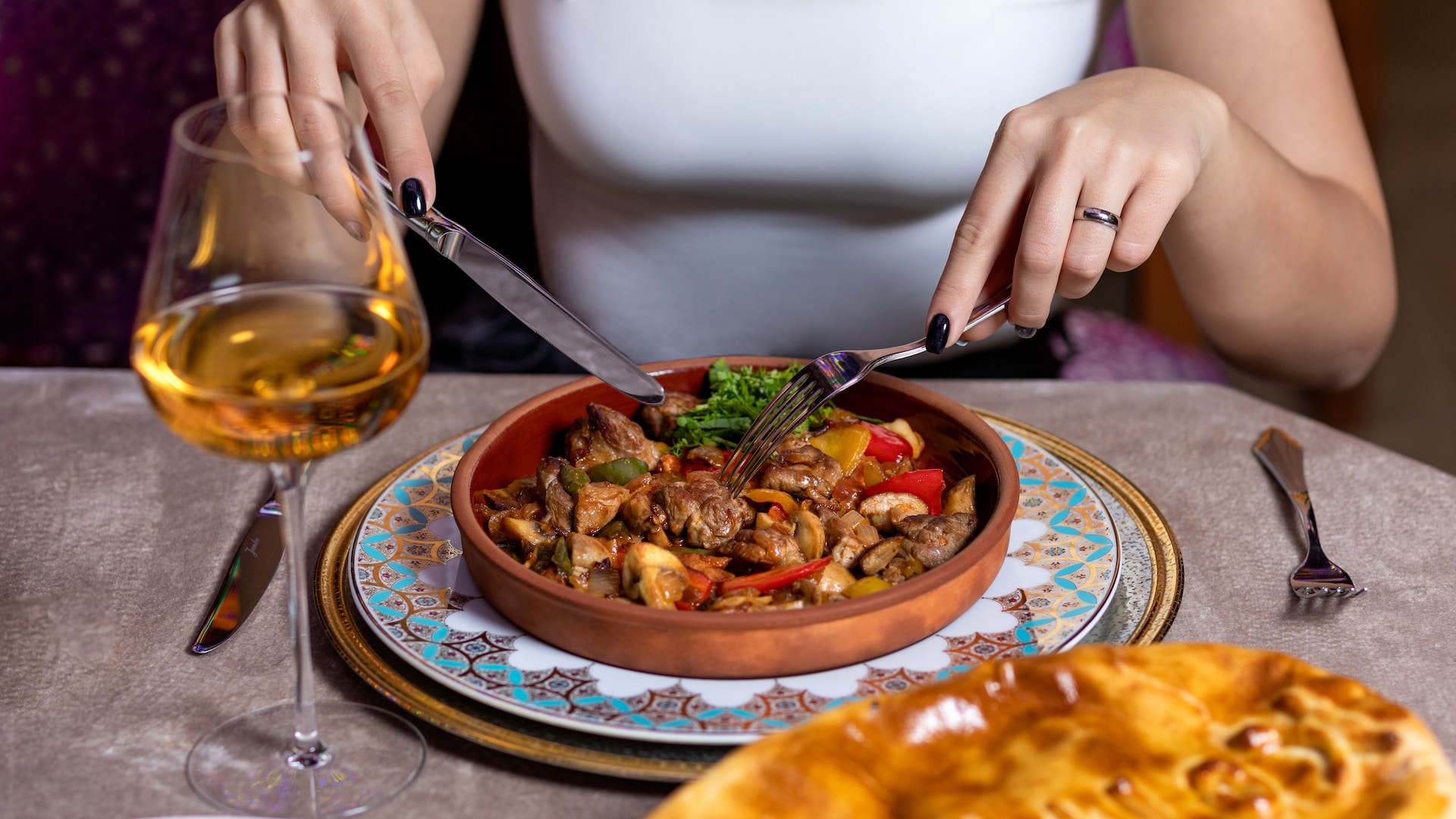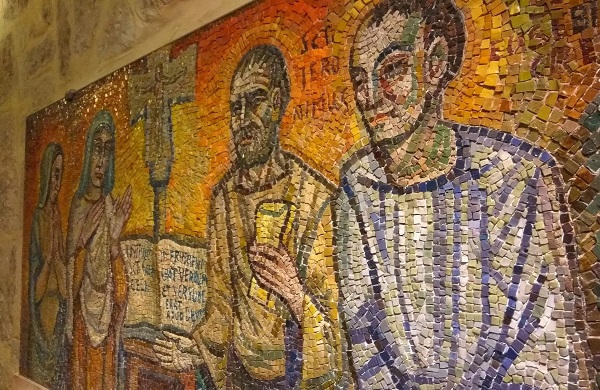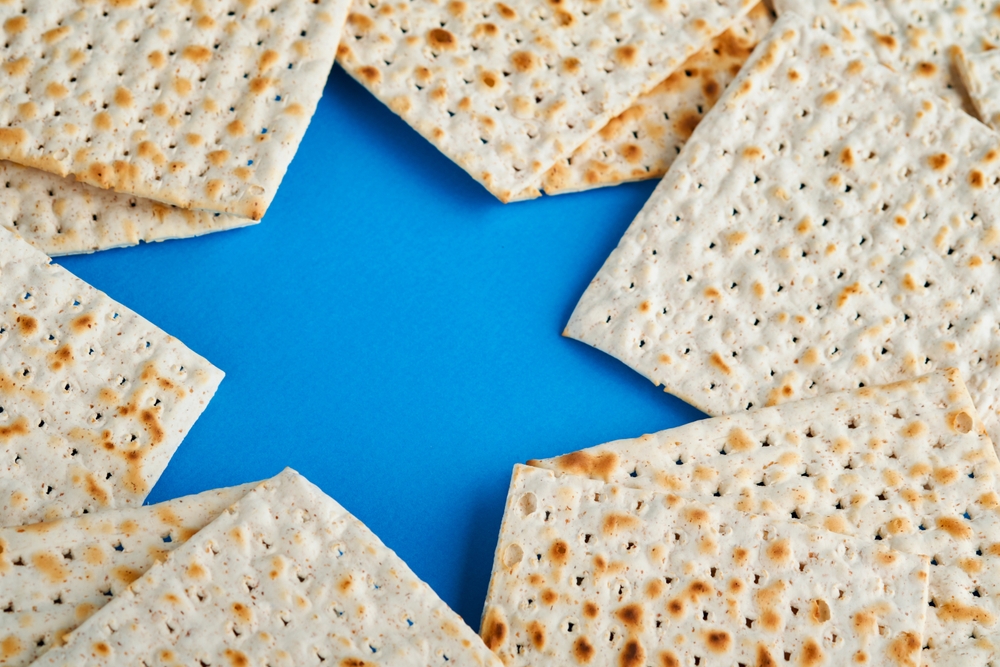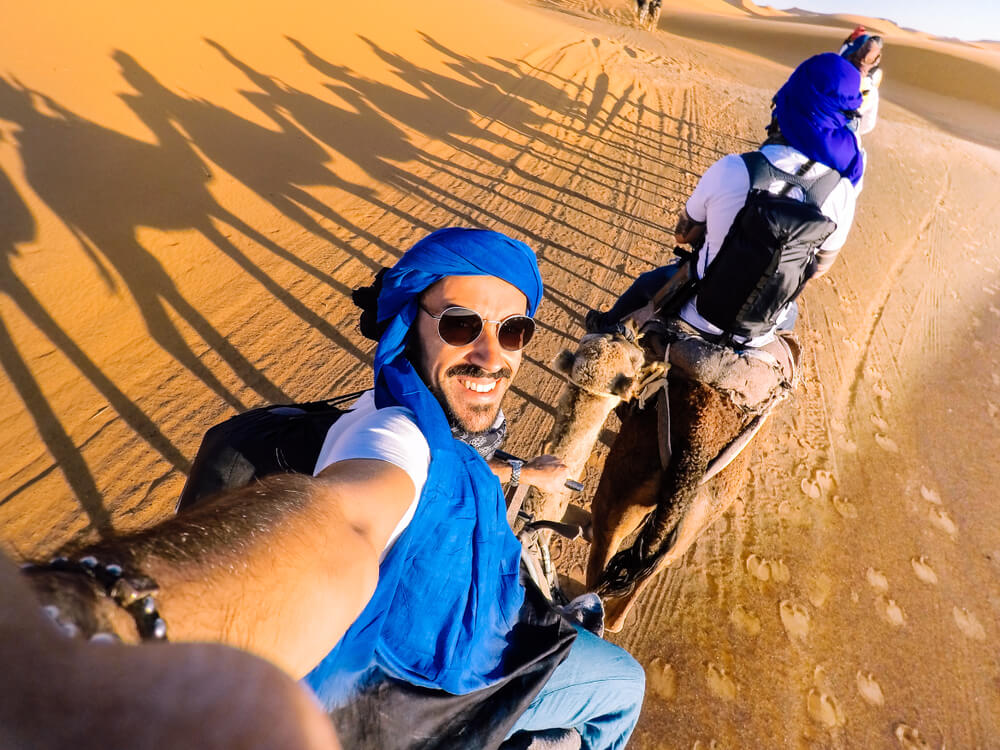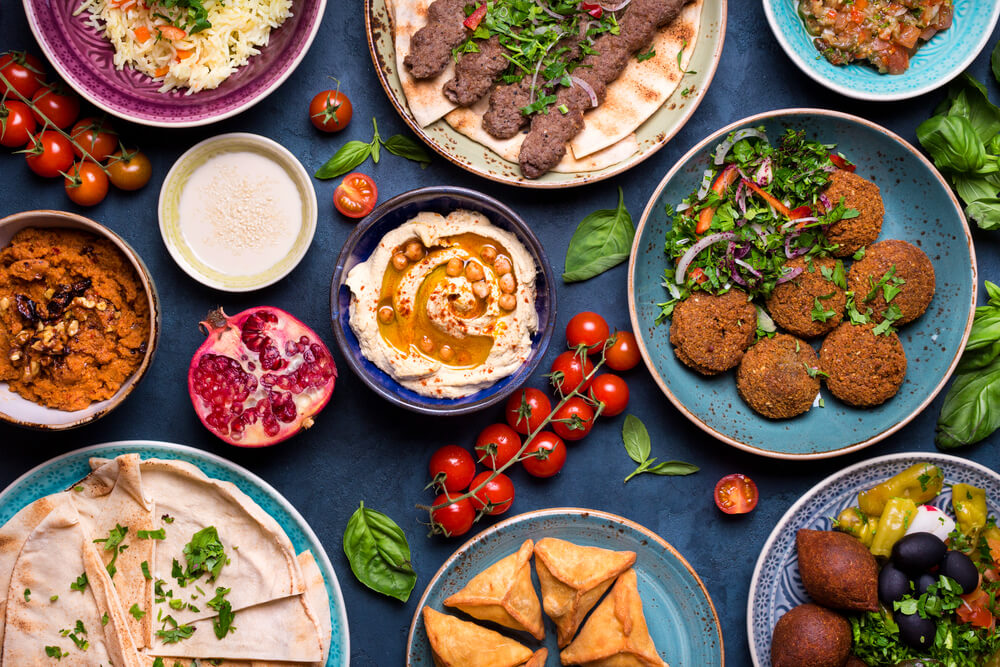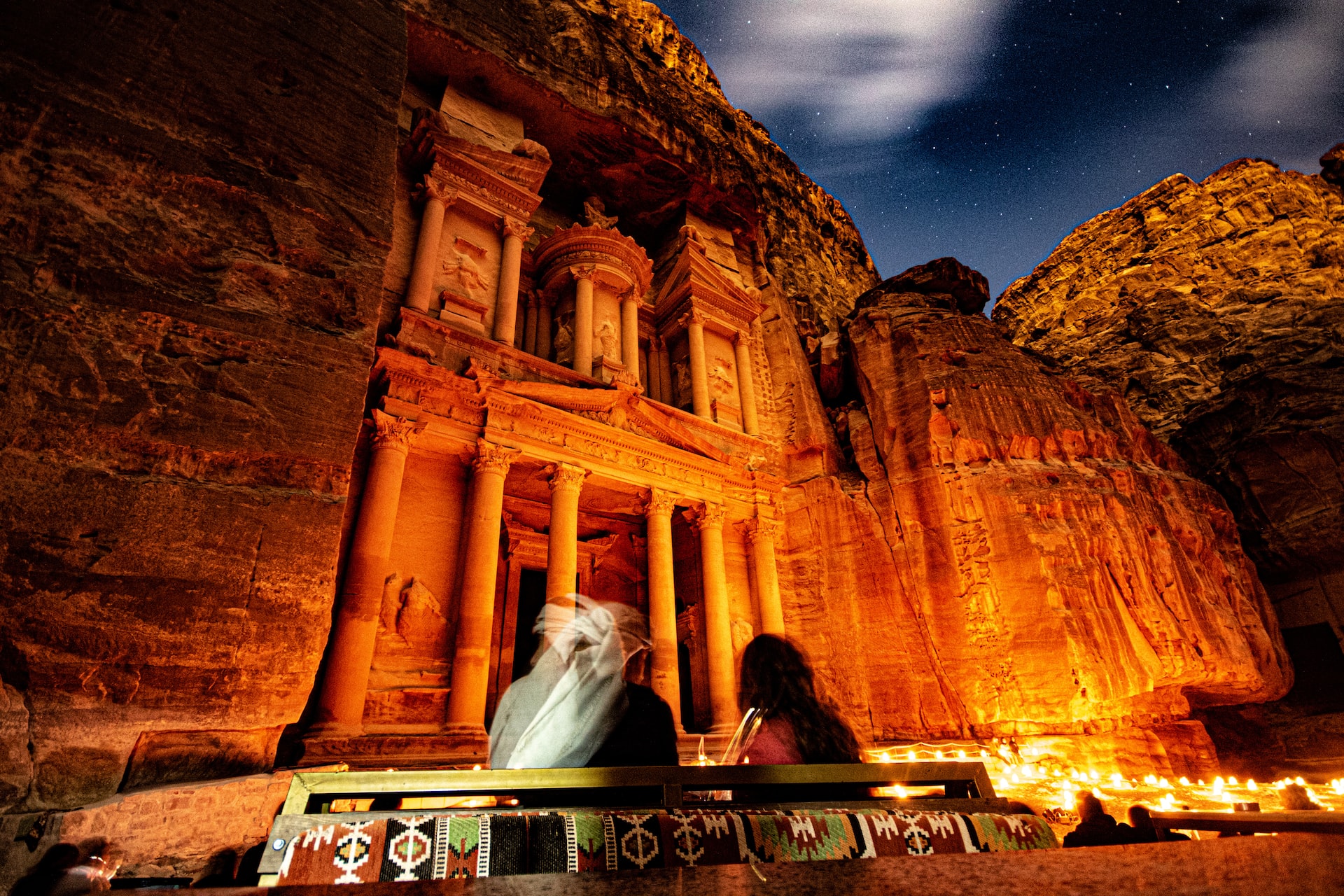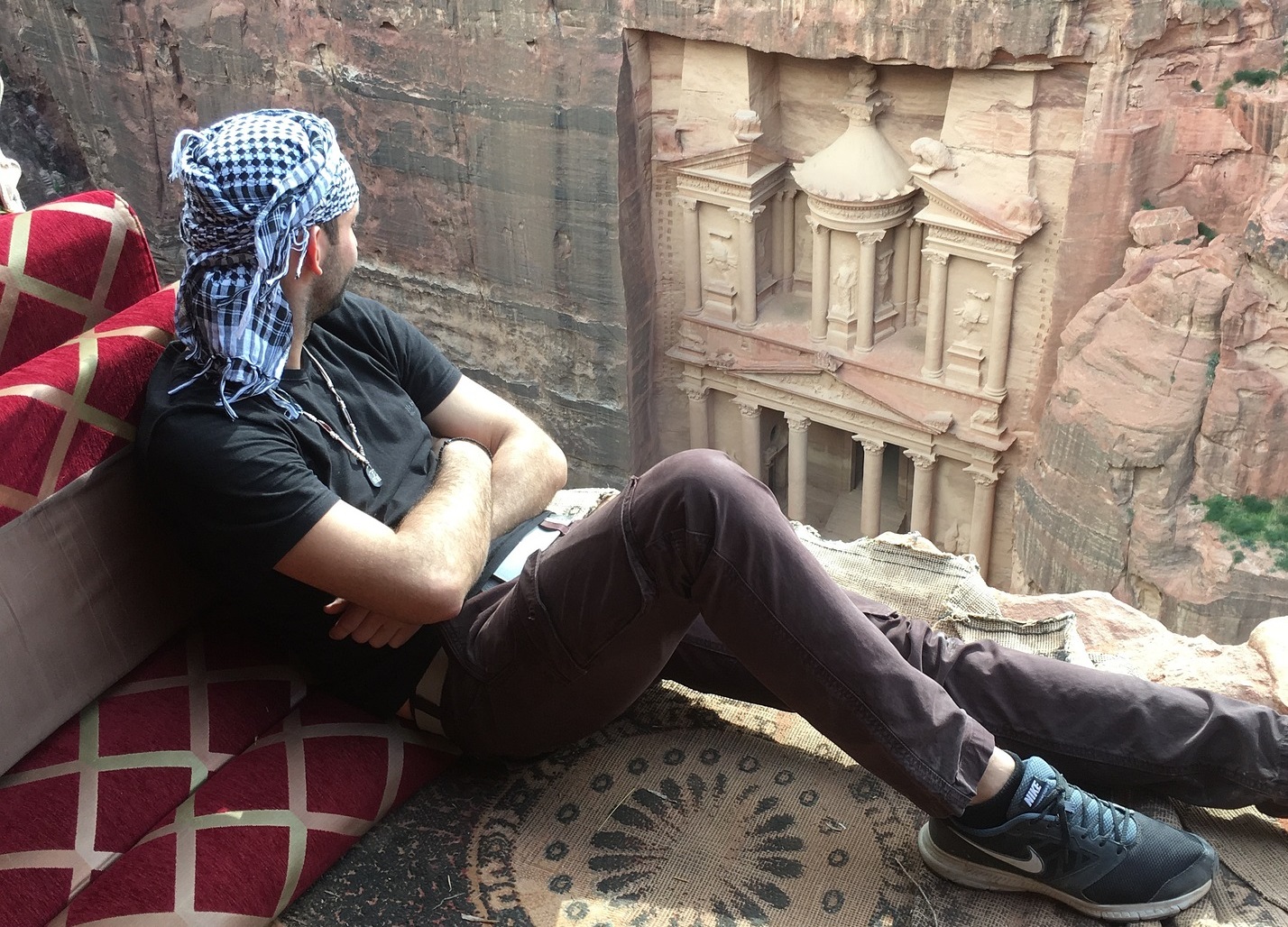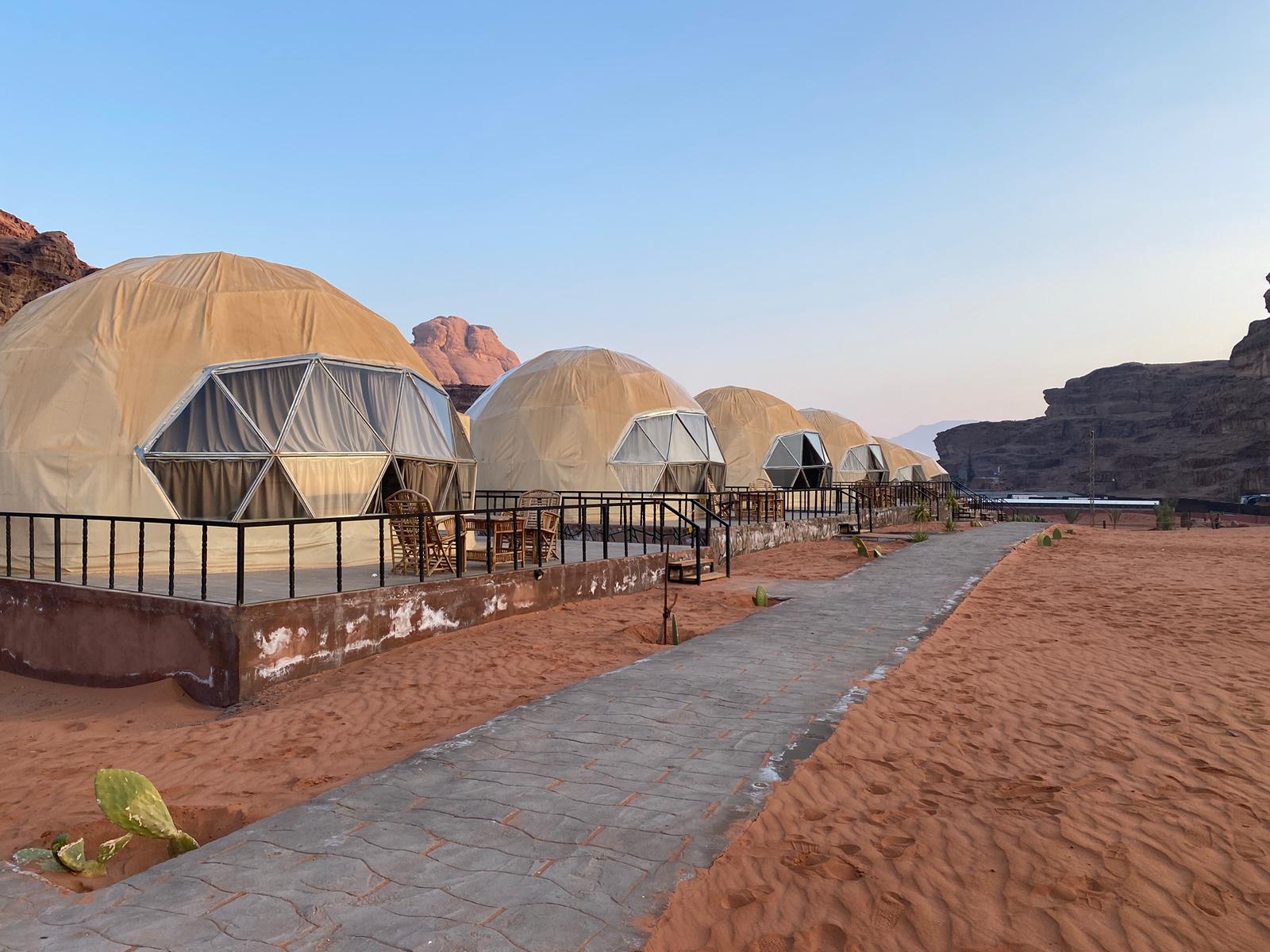7 Best Kosher Restaurants in Tel Aviv [2023 Update]
It used to be that if you were an orthodox Jew, looking to keep kosher in Tel Aviv (which means observing the dietary laws) you’d be wandering the streets for hours, searching for hours for a place which kept their milk and meat dishes separate. The best kosher restaurants in Jerusalem were the place to head to if you wanted to eat well; in Tel Aviv, you’d have to settle for falafel and shawarma.Luckily, all that’s changed: Tel Aviv is a vibrant, international city, boasting not just amazing beaches, world-famous nightlife, and charming old neighborhoods full of tiny alleyways, but it’s also a city with a growing food scene. And, the reasoning goes, why shouldn’t those that keep kosher be able to partake?We’ve picked out the 7 Best Kosher Restaurants in Tel Aviv which we really think deserve applause - and the good news is that you don’t have to be religious (or even Jewish!) to eat in them. Go on and try one when you visit the city, whether you're on a Tel Aviv Tour or just exploring on your own.Gourmet Dinner and Kosher as well? You've come to the right place1. Regina - Meat, MediterraneanThe Old Railway Station complex, situated between the Neve Tsedek neighbourhood and Old Jaffa, is a great place to visit whilst in Tel Aviv, and many of the restaurants there are really worth a visit. Set up in a 19th-century building, which is beautifully preserved and boasts original features, Regina, which serves a range of tasty, ‘homestyle kitchen’ tasty meat and fish dishes in a gorgeous setting, is a good place to head if you like relaxed dining.Meat eaters will love the chopped liver, veal kebab and Hungarian goulash and those craving fish should try the salmon or tilapia (which is served with roasted beans). Veggies and vegans will love the seitan burger and meat-free shawarma, not to mention the beetroot carpaccio.As for dessert, you can’t go wrong with their apple strudel or coconut malabi (an classic Middle Eastern pudding, made of milk - or in this case a non-dairy option - topped with sweet syrup or rosewater)Accompanied by one of their famous cocktails (we’d recommend ‘Malka’ which consists of mango, run, mint and orange sorbet), you’re guaranteed to walk out happy.Location: Old Railway Station (close to the Charles Clore Park and the parking lot on Kaufman street), Tel: 03 736-7474Great food, great atmosphere2.Pankina - Dairy, ItalianIf you’re hankering for a taste of Bella Italia, then head to trendy Dizengoff Street and the corner of Gordon. There, in the midst of the hustle and bustle of Tel Aviv, you’ll stumble upon Pankina, serving pasta (and a few other dishes besides) that’s almost as good as the bowls you’d find in Rome.Where should we begin? Well, for starters, it’s owned by an Italian so you're in safe hands. The atmosphere is welcoming and cosy, and will make you nostalgic in a heartbeat. The food is incredibly fresh, and a lot of love is put into it - just the right amount of flavoring, balance, and dressing…it’s kosher dairy heaven!What to eat? The focaccia is super yummy, the pistachio-crusted tuna steak is to die for, the blue cheese gnocchi is heavenly (and they have gluten-free pasta options too) and the sea bass comes with grilled vegetarian vegetables and buttery mashed potato that’s perfection. There are plenty of veggie and salad options and the deserts? Well, the tiramisu is a must: not too sweet, very creamy, and with just the right hint of coffee.The staff are so helpful and pleasant, the atmosphere is unpretentious and warm and all we can say is book a table, otherwise, you might have to stand outside and wait quite a while.Location: Gordon 39 Street. Tel: 03 644-9793The gnocchi will please every pellet3. Nini Hachi - Meat, Sushi, AsianThis kosher Asian-Japanese fusion restaurant, in the ‘Old North’ of Tel Aviv (close to the port) is a great favorite with the locals, which should tell you everything about the place before you even walk through the door. The combination of stylish decor, excellent food, and an intimate atmosphere inside is already enough, but the fact that it serves kosher sushi is an even bigger plus.The menu is diverse and the chefs (who are really skilled) use high-quality ingredients, producing dishes so creative you won’t feel compromised by the kosher element at all. Dishes that come highly recommended include the Teppan Yaki chicken, the sushi platter (which is a work of art and looks so lovely you almost won’t want to tuck into it), and the futomaki.The salmon caterpillar rolls are also excellent and veggies can feast on sweet potato maki, and coconut curry. spicy tofu and pad thai. If you’re looking for some ‘quick bites’ their gyoza and wontons are also yummy. As for the desserts - well, who doesn’t like a plate of mochi to round off their meal? And if you don’t care for mochi, then try the tapioca with coconut…or just enjoy a cocktail (their creations with ginger are stand-out).Something else about Nina Hachi is the incredible staff - they are so thoughtful when it comes to recommending dishes and accommodating individual needs (they have a special menu for pregnant women, by the way), whilst being incredibly professional the entire time they’re working.Location: 223 Ben Yehuda Street. Tel: 03 624-9228Yes! Sushi can be Kosher. And fabulous4.West Side TLV - Meat, NYC-style eaterySat inside the upscale Royal Beach Hotel, overlooking the Tel Aviv shoreline, West Side TLV really is high-end in every sense of the world, serving up excellent meat and fish dishes in a relaxed and elegant setting, with a beautiful terrace for good measure!What to eat? Well, for meat-eaters, try the Nebraska sirloin with Jerusalem artichoke, oxtail gnocchi, red tuna tartar, goose liver, or beef carpaccio. Veggies will love the mushroom risotto and the tomato salad with citrus dressing - the superb chef Omri Cohen sends out plates that are beautifully balanced.As for the deserts, you will find it hard to believe there’s no dairy in them. Highly recommended is their version of the British dessert ‘Eton Mess’ - with strawberries, meringue, and cream - but the chocolate mousse and their millefeuille, served with raspberry sorbet gives it a run for its money.Designed in typical ‘NYC style’ - spacious, comfortable, and contemporary - the service is exceptionally professional. This is not going to be a cheap night out, but it really will be worth it.Location:Royal Beach Hotel, 19 Hayarkon Street. Tel: 03 740-5054A meat-lover's dream5.Florentina - Dairy, MediterraneanThis fancy yet quite affordable kosher dairy restaurant located in the hipster neighborhood of Florentin, inside an old stone building, hits the spot in every way you can imagine, with a varied menu selection, generous portions of food, a buzzy, trendy atmosphere, low-key music and an owner and staff who always go the extra mile to accommodate their clientele.What to eat? The salads with halloumi and also goat cheese are fantastic. The ravioli with eggplant comes highly recommended, the stone oven-baked pizzas are yummy and the arancini - well, you won’t be disappointed. They also offer plenty of good fish dishes, a fine risotto and a ‘tapas plate’ selection.. In the spring or summer, you can sit outside in their lovely outside area, and soak up the atmosphere.The desserts are an experience in themselves - anything with choux pastry will leave you smiling, and their chocolate cake - well, it’s extremely good! This is a really special place that is guaranteed not to disappoint.Location: Abarbanel 56 Street. Tel: 03 605-0061The Arancini is great!6.Ca Phe Hanoi - Meat, AsianIf you’re craving the taste of the Far East, then head to Rabin Square (just a 10-minute walk from Gordon Beach) in the direction of Ca Phe Hanoi, where you’ll soon be forgiven for thinking you’ve been transported to Vietnam.Ca Phe serves all the typical South East Asian food this country is famous for, including Bo buns (with beef and lemongrass or chicken and ginger), traditional salads, and, of course, the country’s signature dish, Pho. All served in traditional bamboo baskets, you can compliment your food with a range of delicious cocktails, served up at their Moo Shoo speakeasy bar.Those who don’t eat meat won’t suffer either - there are veggie spring rolls, hot-cold noodle salads, and a few dishes with tofu and eggplant that are truly delicious! Ca Phe Hanoi believes in offering a ‘multi-sensory food experience’ and the fact that they import quite a few of their ingredients from Vietnam means you’re getting the real deal.Fun fact: the decor is festive, fun and fabulous and - yes - you really should visit the restrooms, to see what all the fuss is about (we will not say more…)Location: Malkhi Yisrael 3 Street. Tel: 03 677-1184Traditional Pho meal7.Fish Kitchen- Dairy, MediterraneanLooking for a gourmet, kosher restaurant in Tel Aviv that really knows how to serve up great plates? Then look no further than Fish Kitchen, the sister restaurant to Meatos, which offers fish, vegetable, and pasta dishes (some gluten-free) in a vibrant Mediterranean environmentThe appetizers are good, the salads tasty and the cheese platter is excellent. As for the fish, we’d have to recommend the sea bass, which is perfectly cooked and utterly succulent, as well as the tempura battered whitefish. Their fish tartare with tabbouleh also comes recommended. For dessert, it’s got to be the malabi or something with chocolate.Fish Kitchen is not cheap but the food is good quality and, even better, it’s close to both the Tel Aviv Opera House and Tel Aviv Art Museum, so makes for a good place to grab dinner after a cultural outing…Location: Shaul HaMelech 33 Street. Tel: 03 693-2002Quality Fish Dish Don't forget: Great culinary is just one part of the celebration that is Tel Aviv: if you'd like to see every special historical spot and learn about the city's art and culture, you can do as many other visitors and pick a guided Tel Aviv Tour. And If you want to make the most of your visit to the holy land, just take a classical Jewish Israel Tour Package.


